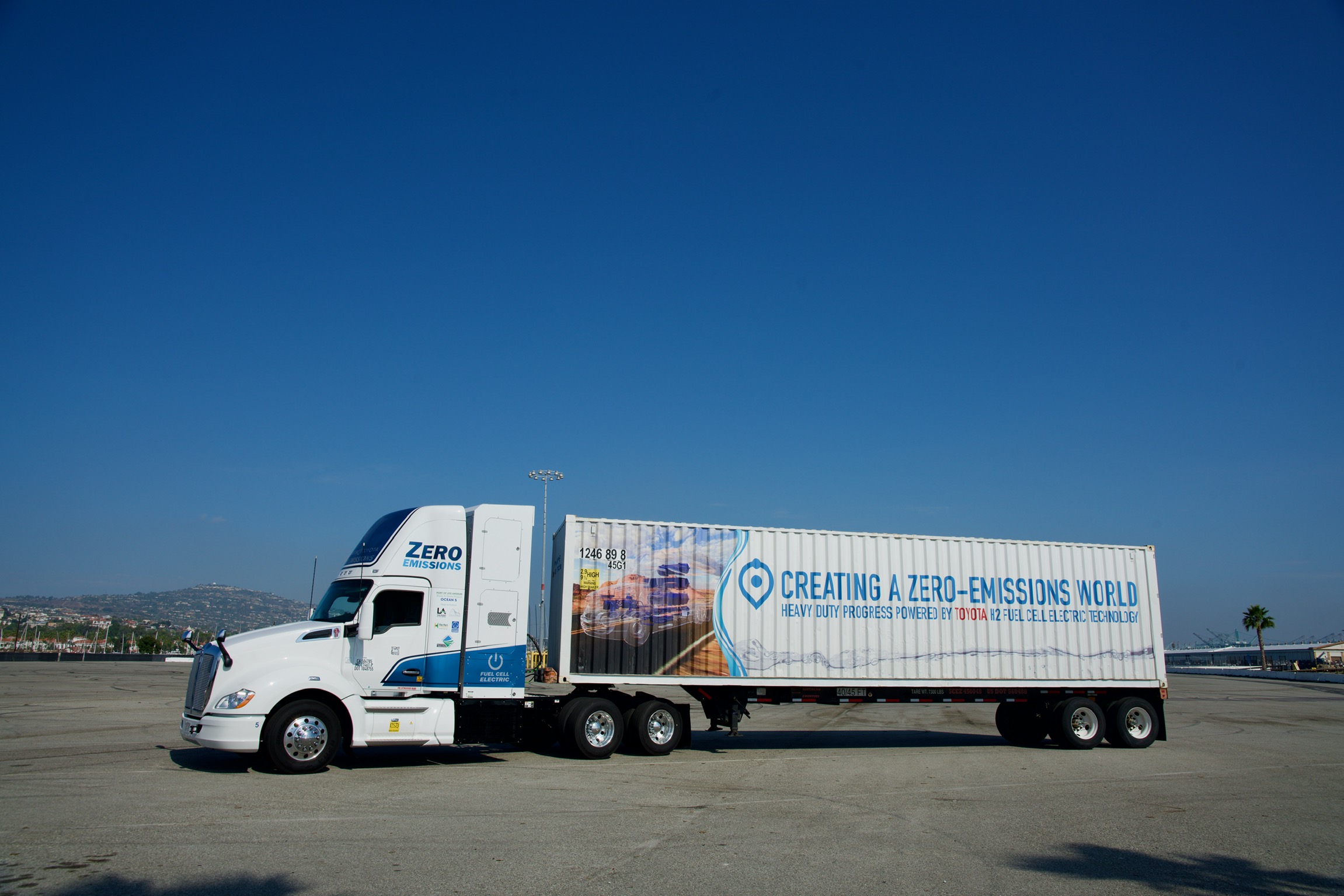A new study published today [May 11, 2023] by the International Council on Clean Transportation (ICCT) assesses where, when, and how much charging infrastructure will be required by 2030 to support the fast-moving transition to zero-emission medium and heavy-duty vehicles in the United States. Infrastructure development creates economic opportunity for local communities, and business opportunities for vehicle manufacturers, fleets, and charging service providers.
About 1.1 million zero-emission trucks and buses are projected to be on the roads by 2030, including 130,000 combination tractor-trailers. Rapidly declining battery costs, low-cost electricity, and federal purchase incentives mean these vehicles will be cheaper to own and operate than diesel trucks before the end of this decade. Their energy needs will be met by slow overnight charging between 50-150 kW and ultra-fast megawatt charging of 1MW or greater. Total national energy demand from electric trucks in 2030 will be relatively small — just 1% of today’s retail electricity sales — but local distribution capacity needs will be significant.
There are many options to meet both near- and long-term charging needs. Utilities and their regulators can match the readiness of fleets to deploy electric trucks with workable, common sense plans to maximize the use of existing grid distribution capacity and plan for growth to meet future needs. In some locations, depending on available infrastructure, utilities may be able to meet charging needs immediately with flexible and sometimes temporary solutions pending permanent grid upgrades. To match accelerating growth, state officials can authorize utilities to plan for and invest in distribution capacity in high priority ‘no regret’ zones based on realistic projected needs, not general historical trends.
U.S. heavy-duty charging infrastructure does not all need to be built at once. Growth in energy demand will concentrate in freight zones, such as ports, industrial zones, and freight corridors. In the next 7 years, 10 states, led by Texas and California, will satisfy 49% of national charging needs. Counties in Southern California, the Texas triangle, and around Phoenix, Salt Lake City, and Chicago will experience the greatest energy demands from electric trucks. Targeting investments and policy support in priority areas like those along heavily traveled corridors will accelerate the transition to zero-emission freight.
“With charging infrastructure in the right places at the right time, zero-emission trucks will deliver cleaner air and save money in the long run,” says Ray Minjares, Director of the ICCT Heavy-Duty Vehicles Program. “Now is the time for electric utilities to step up and deliver the power freight trucks need.”
Planning needs to start now so that capacity building may begin as soon as possible. Upgrades on a project-by-project basis are unlikely to meet future needs. Rather, investments in charging infrastructure must be made at scale and at strategic locations around the country.
- On April 27, ICCT published the study Total cost of ownership of alternative powertrain technologies for Class 8 long-haul trucks in the United States, which illustrates the importance of planning for and investing in charging infrastructure to support the least cost solution to decarbonize road freight. The study can be found at https://theicct.org/publication/tco-alt-powertrain-long-haul-trucks-us-apr23/
- 67% percent of cumulative greenhouse gas emissions nationwide from medium- and heavy-duty vehicles are from tractor-trailers; long-haul tractors alone are 50% of cumulative GHG emissions;
- Battery-electric powertrains are the most affordable path to decarbonizing long-haul tractors. Long-haul battery-electric tractors will reach parity with diesel by 2029 in CA, and by 2027 in states like TX, FL, WA, and IL.
- Current battery-electric tractors can achieve 13 miles per gallon (diesel equivalent) compared to about 7 for a diesel engine. This will increase to about 18 miles per gallon by 2035 compared to about ten for a diesel engine.
- 85% of the energy needs in 2030 of long-haul tractors can be met by a national charging network of electric truck depots with an average capacity of 10 MW (2.9-22 MW) along the National Highway Freight Network (NHFN)
- ICCT does not project TCO parity between fuel cell tractors and diesel before 2040, assuming the use of green hydrogen. We estimate fuel cell long-haul tractors in California will be 26% more expensive to operate, per-mile, than battery-electric tractors in 2030. Hydrogen internal combustion engines will be more expensive.
* “As Commercial Trucks Go Electric, Industrial Scale Charging Infrastructure Will Lay the Foundation for Zero Emission Freight,” May 11, 2023 International Council on Clean Transportation press release.
Last updated on May 18, 2023 at 8:25 a.m. Pacific Daylight Time.
Corresponding, connected home-page-entry image: CalEPA Air Resources Board
